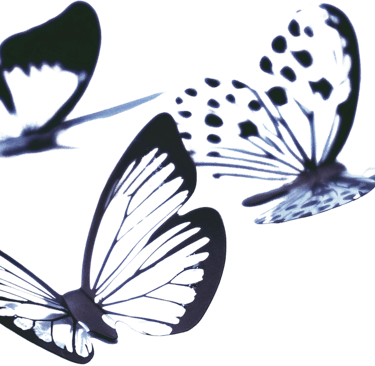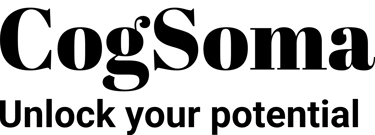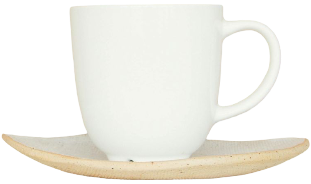Meet your Breath!
All Lessons and links are atop the page

*No AI generated content
A casual, but informative introduction to breathing
In this session, we will:
. Attentively observe your breathing
. Identify characteristics and qualities of your breathing

